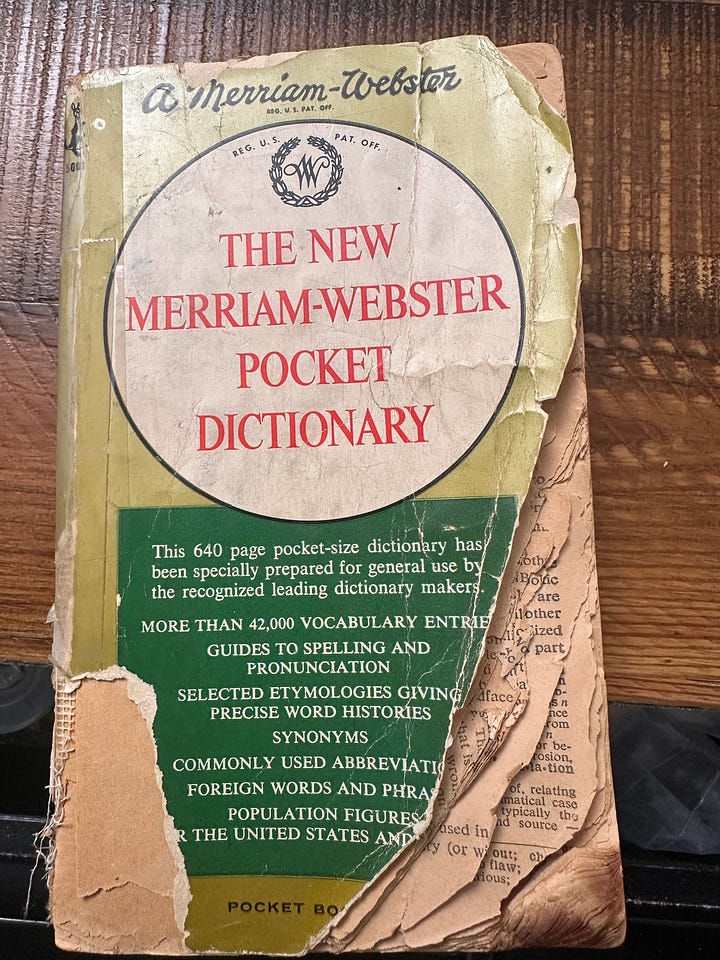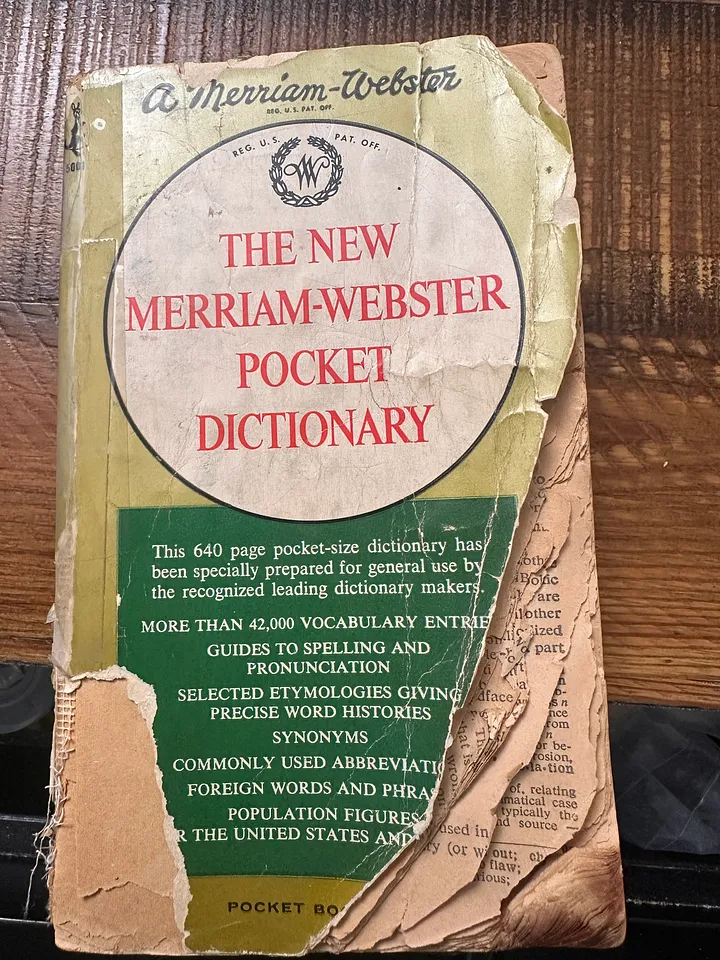The timeless life skill that still outperforms today’s tech tools.
A recent Wall Street Journal story described how tough today’s job market has become—and how career coaching, LinkedIn fees, résumé services, certifications, and conference travel are driving up the cost of finding work.
When I lost my last corporate job fifteen years ago, I hired a career counselor in Chicago who charged me $10,000. It was worth every penny—not just for the advice, but for the relationship. He didn’t hand me a magic formula; he helped me focus on where my passion and skills lay and how to make them viable. Much of what we discussed wasn’t “new” (I’d been doing career work with others for years), but having a trusted human partner to challenge my thinking and encourage my next steps made all the difference. That connection accelerated my progress and turned into an investment that paid off handsomely.
Today, many job seekers are pouring money into résumé polishing, certificates, AI tools, and networking events—often to get past the very AI screening systems employers use. Candidates are desperate to stand out in a crowded field.
But here’s the irony: all these tech-driven strategies often bypass the most effective—and least expensive—way to land a job, win a first role, or advance in your career.
Can you guess what it is?
It’s meeting with people. Having real conversations. Showing up where others can see your talent. Finding ways to help them succeed. The truth is, everyone you know—and even people you don’t—wants to help you. People find meaning in supporting others. Someone does it for you…you do it for someone else.
One person in the article landed his job by meeting someone at the gym, striking up a conversation, and sharing something meaningful about his life, work, and the kind of person he is.
Investing in career support can absolutely make a difference. But the best return often comes from investing in people, not platforms and in knowing who you are what is important to you. Being able to be succint and clear with others about what you need makes their ability to support you easier
That point hit home for me this week when I spotted my old high school pocket dictionary tucked on a bottom shelf. My father bought it for me decades ago. Inside the cover, in my teenage handwriting, was my old address and phone number—FL7-7516. (The “FL” stood for Flushing, NY—gotta love that.) I carried that little book through high school, college, and multiple careers, filling the margins with new words and definitions. It wasn’t just a dictionary—it was a constant companion in my quest to be a better logophile, feeding my lifelong curiosity and my desire to use words powerfully.


That’s the throughline in every “What’s Next” moment—whether you’re starting out, pivoting in midlife, or stepping into post-retirement life. The job market changes. Technology changes. We change. But curiosity, learning, relationships, and adaptability remain timeless tools.
Lately, I’ve been wondering whether my own “What’s Next” should lean more toward older professionals reinventing themselves, or toward younger folks beginning their journey. The truth is, both groups face uncertainty—just from different vantage points:
- A new graduate may struggle to secure their first job.
- A seasoned leader might face age bias or industry disruption.
- A retiree may ask, What am I going to do with myself?
Yet in every case, the principles are the same:
- Be curious.
- Keep learning.
- Build meaningful connections.
- Don’t wait for opportunity to knock—go find it.
So here’s my question to you: Who could you reach out to this week for a genuine conversation?
No agenda, no pitch—just connection. That call, email, or coffee might be the least expensive move you make… and it might just change your “what’s next” entirely.
